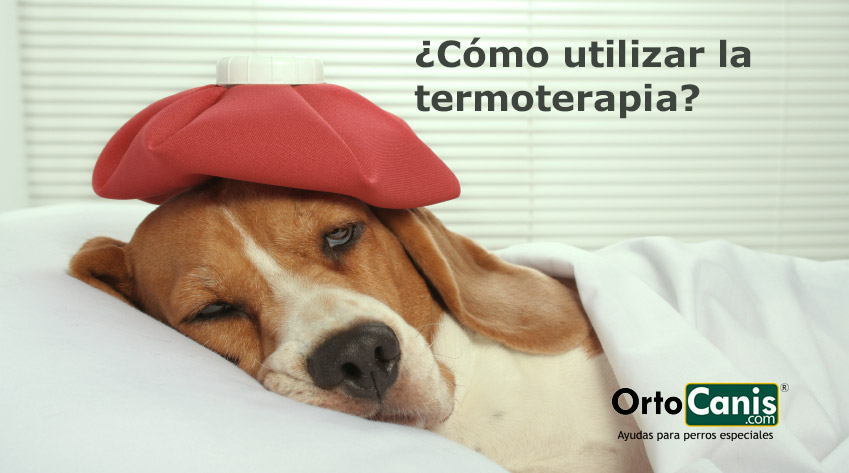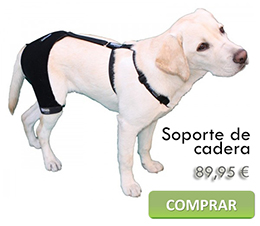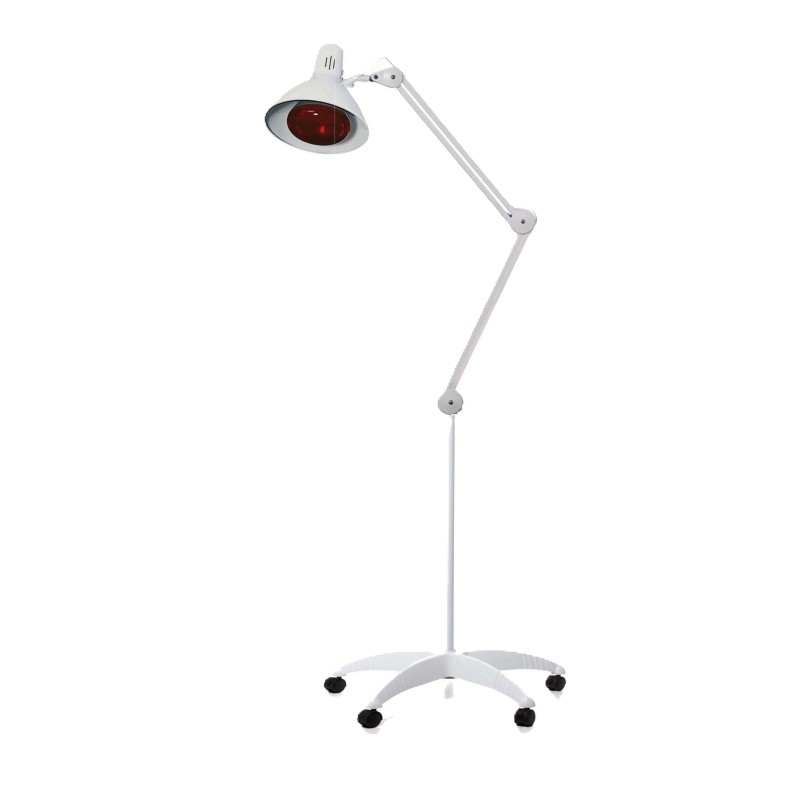How to reduce chronic joint pain thanks to the application of heat

When our dogs suffer from joint pain, there are several strategies to alleviate the pain. One of them is the use of drugs, such as non-steroidal anti-inflammatory drugs specific to dogs. An alternative to these is the use of natural anti-inflammatories and chondroprotectors. Another strategy to treat this pain, which can be applied in combination with the pharmacological measure or exclusively, consists of the application of physical therapies, such as physiotherapy, physical rehabilitation, therapeutic exercises, transcutaneous electrical stimulation (TENS) , the use of joint protectors, magnetotherapy, massages, cryotherapy and thermotherapy, among others.
The application of cold (cryotherapy) or heat (thermotherapy) in the joints is a matter that depends on the injury to be treated. Next, the benefits of this last strategy will be explained, that is, the application of heat or thermotherapy. When there is chronic pain, as in the cases of osteoarthritis that accompanies most of our canine companions when they are older, the application of heat is a very valuable therapeutic tool due to its analgesic effect. The application of heat in an area increases the local metabolism. At the same time, by increasing the temperature of the tissue in question, it allows greater vasodilation that generates a greater supply of oxygen and blood that nourishes the tissue to be recovered. In addition to reducing pain, it facilitates muscle relaxation. On the other hand, thermotherapy is also indicated in those cases in which stretching is recommended to the dog to increase the extensibility of certain connective tissue.
 For all these same reasons, the application of heatit will be contraindicated in cases of recent or acute inflammation, as this would increase the inflammatory process and edema. In these cases of acute inflammation, then, in which we are looking for an opposite effect, that is, vasoconstriction, the application of cold or cryotherapy. Thus, during the first post-surgical days or in acute joint injuries, cryotherapy will be more advisable. After the first days, once the initial phase of inflammation has subsided, it will be when we will apply heat to increase blood flow and the healing of the injury to heal.
For all these same reasons, the application of heatit will be contraindicated in cases of recent or acute inflammation, as this would increase the inflammatory process and edema. In these cases of acute inflammation, then, in which we are looking for an opposite effect, that is, vasoconstriction, the application of cold or cryotherapy. Thus, during the first post-surgical days or in acute joint injuries, cryotherapy will be more advisable. After the first days, once the initial phase of inflammation has subsided, it will be when we will apply heat to increase blood flow and the healing of the injury to heal.
Regarding thermotherapy, the application time and duration of the treatment will vary depending on the patient and the lesion to be treated. At home, we can apply hot water or ice packs to relieve them, but there is infrared lamps that require greater monitoring and care, so in these cases we will take them to a specialist. As Darryl L. Mills * indicates, there are several precautions and contraindications that we should always consider. The first of these we have just mentioned, and it is the warning not to apply heat when the inflammation is acute. On the other hand, in patients with heart disease or with circulatory deficits, we will first consult with the veterinarian about the possibility of applying thermotherapy. In addition, we must always closely monitor the dogs, since if there is intolerance, they cannot verbalize it. We will also take special care in the application of heat in patients with little thermoregulation capacity, as well as in the application on open or infected wounds. Likewise, we will be very careful not to cause burns, choosing if possible materials that do not overheat excessively and placing a towel between the animal's skin and the heat source. Specifically, we will take extreme precautions with those products that generate high intensity heat. Finally, for all this, we will always check the state of the animal's skin before, during and after the application of heat on the area, and we will remove the source if we observe that the skin has reddened or the dog is uncomfortable.
* Darryl L. Millis. Physical Therapy and rehabilitation in dogs. Chapter 27. Handbook of Veterinary Pain Management. 2008. James S. Gaynor and William W. Muir.
Clara Castells Urgell - Veterinary in Ortocanis


